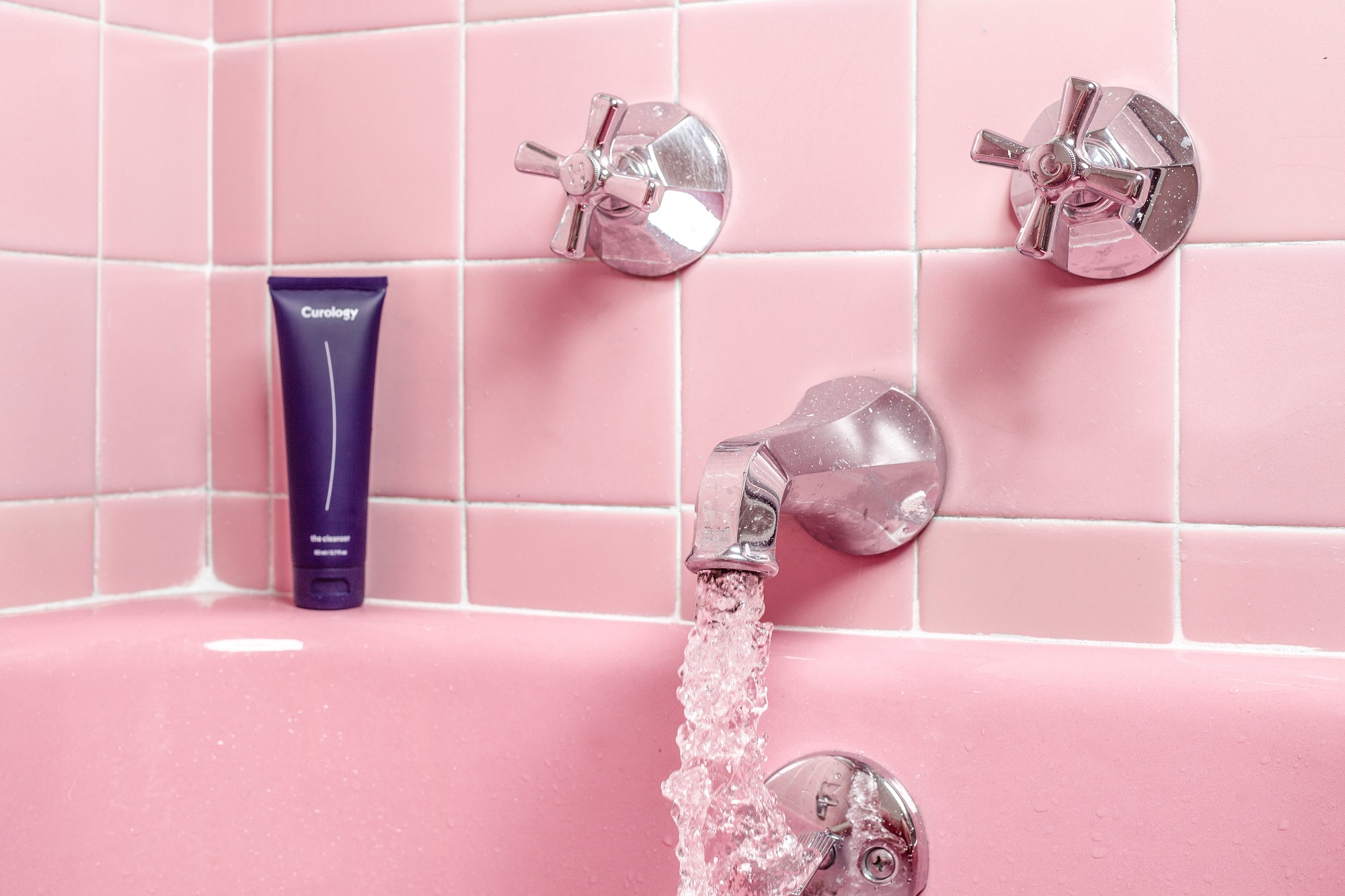Self Care with Epsom salts

Photo by Curology
Those of you that know me are likely well aware of my love of Epsom salts. Often when I have a student ask me about managing my chronic pain, you’ll hear me sing praises of its benefits and the many ways I use Epsom salts in my self-care routine.
There seems to be a few different stories as to how Epsom salts came to be. The origins of Epsom salts are traced back to Epsom, England around the year 1618. There are a variety of stories of how Epsom salts came to be (most historians crediting a donkey or a cow choosing not to drink water from a newly found natural “Epsom salt spring” in a time of drought.
Because the water was not suitable for drinking, they instead found benefits in bathing and used the water for healing purposes) It can be agreed that Epsom salts have been around for a very long time. I have had some students remark on how their parents or even their grandparents commonly would use Epsom salts as a regular home remedy.
Epsom salt is also known as magnesium sulphate. The combination of magnesium and sulphate are believed to have many healing benefits. Science suggests that Epsom salts can help with inflammation and joint pain (one of the reasons I use it almost daily).
Magnesium is also believed to relax muscles, remove toxins, reduce pain, swelling and stiffness, help relieve stress and help us sleep better. In my research, it looks like Epsom salts in the past were also taken orally as a laxative, or as a way to internally detox the body, but I would not recommend this practice and that Epsom salts should only be used externally.
When you purchase Epsom salts, many are not deemed with an official food grade to verify it is safe for consumption. For your safety and well being, I would welcome you to try using Epsom salts in these other safe ways listed below.
Also please do not apply Epsom salts to any open wounds, infections, severe burns or if you have sensitive skin. Please check with your doctor if you have any health concerns about using Epsom salts.
In the bath: add 1 cup of Epsom salt to running water. If you have dry skin, you could also add 1/4 to 1/2 cup of baking soda in addition to the Epsom salt as well. It is recommended soaking for at least 15 minutes if possible.
In the shower: Epsom salts can be applied like a scrub. Place about 1 cup into a container that can easily go in the shower. It can be applied directly to wet skin, or you can add it to a liquid body wash. Often I’ll just have a dollop of body wash in the palm of my hand, and mix in the Epsom salts then apply directly to my skin for a few minutes, then rinse off. Epsom salts can help exfoliate the skin and can help smooth skin and ingrown hairs. I find that even using Epsom salts in the shower, I still get the same healing benefits as I would soaking in the bathtub.
Make a warm compress (Joint/muscle stiffness, pain or help remove a splinter): Dissolve 1/2 cup of Epsom salts to 4 cups of warm water. Place a facecloth into the mixture, wring it out and apply to the affected area(s)
Make a cold compress (Inflammation/swelling): Dissolve 1/2 cup of Epsom salt to 1 cup of warm water. Add 3 cups of cold water. Place a facecloth into the mixture, wring it out and apply to the affected area(s).
Foot soak: same directions as the compress listed above (but usually done without the facecloth), If you have a larger washbasin or bathtub to place your feet in, more water can be added if necessary. Soak for about 15 mins (or less if that’s more comfortable to you) gently towel dry your feet.
Moisturizing Hand Treatment: Mix 1 Tablespoon Epsom salt and 1 Tablespoon olive oil. Gently rub into hands and rinse off with warm water and gently dry.
Have fun exploring the healing benefits of Epsom salts!
